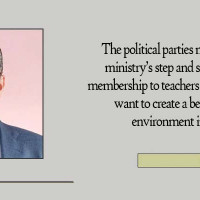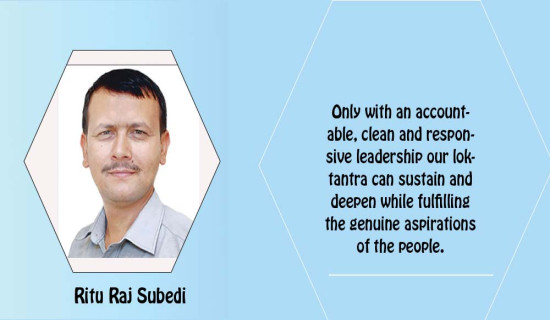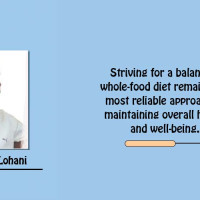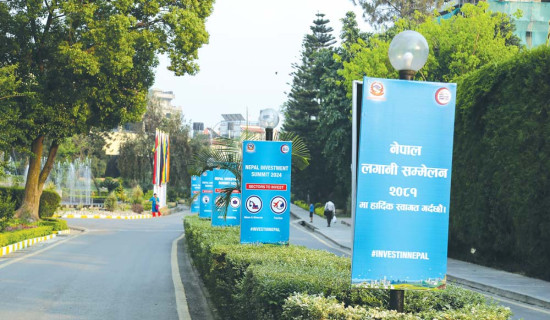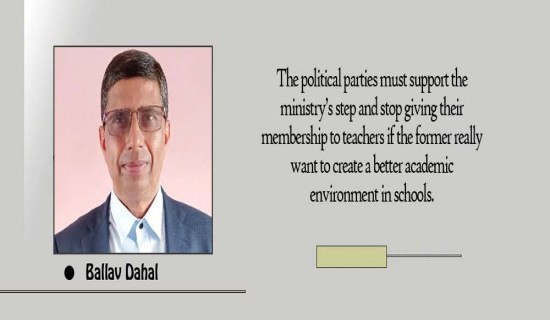- Tuesday, 30 April 2024
Containing Air Pollution
Pallav Bhusal
As the sun rises over the sprawling city of Kathmandu, its residents wake up to a reality that has become all too familiar: the thick haze of pollution hanging in the air. With the Air Quality Index (AQI) fluctuating between 170 and 250, Kathmandu finds itself once again engulfed in a blanket of smoke and dust, posing a dire threat to the health and well-being of its inhabitants. Living under this polluted roof has become a daily struggle, one that demands urgent attention and action.
For years, Kathmandu has grappled with the scourge of air pollution, exacerbated by a combination of factors including vehicular emissions, industrial activities, construction dust, and agricultural burning. As a result, the city's air quality routinely plunges to hazardous levels, casting a shadow over the lives of its residents. What was once a vibrant and picturesque valley now resembles a dystopian landscape, where the very air we breathe has become a silent assailant.
The consequences of this environmental crisis are manifold, affecting not only physical health but also mental well-being and quality of life. Prolonged exposure to polluted air has been linked to a myriad of health issues, ranging from respiratory ailments such as asthma and bronchitis to more severe conditions like lung cancer and heart disease. Children and the elderly are particularly vulnerable, their delicate respiratory systems bearing the brunt of the toxic onslaught.
Yet, it is not just our bodies that suffer; our minds are also besieged by the relentless assault of pollution. The constant haze that shrouds the city serves as a constant reminder of the environmental degradation unfolding before our eyes. It breeds a sense of helplessness and despair, as we grapple with the realisation that the very air we depend on for sustenance has been poisoned by our own actions.
Moreover, the impact of air pollution extends far beyond individual health concerns, permeating every aspect of society. It undermines economic productivity, as workers fall ill and businesses struggle to operate in such inhospitable conditions. It strains healthcare systems already stretched thin, as hospitals are inundated with patients suffering from pollution-related illnesses. It erodes social cohesion, as communities are forced to confront the stark reality of a future marred by environmental degradation.
In the face of such daunting challenges, it is imperative that we take decisive action to address the root causes of air pollution. This requires a multi-faceted approach, encompassing stringent regulations, sustainable urban planning, investment in clean energy alternatives, and public awareness campaigns. We must hold polluters accountable for their actions and incentivise environmentally-friendly practices that prioritise the health and well-being of citizens.
Furthermore, we must recognise that air pollution knows no borders; it is a global issue that demands a collective response. International cooperation and solidarity are essential in tackling the systemic drivers of pollution and mitigating its far-reaching impacts. As we strive to build a more sustainable and resilient future for Kathmandu and beyond, let us remember that the air we breathe is not just a commodity but a fundamental human right that must be safeguarded at all costs.
In conclusion, living under the choking veil of pollution is not a fate we must accept but a challenge we must confront head-on. It is a call to action, a rallying cry for collective mobilisation in the face of adversity. Let us seize this moment to reclaim the skies above Kathmandu and build a future where clean air is not just a distant dream but a tangible reality for generations to come.




